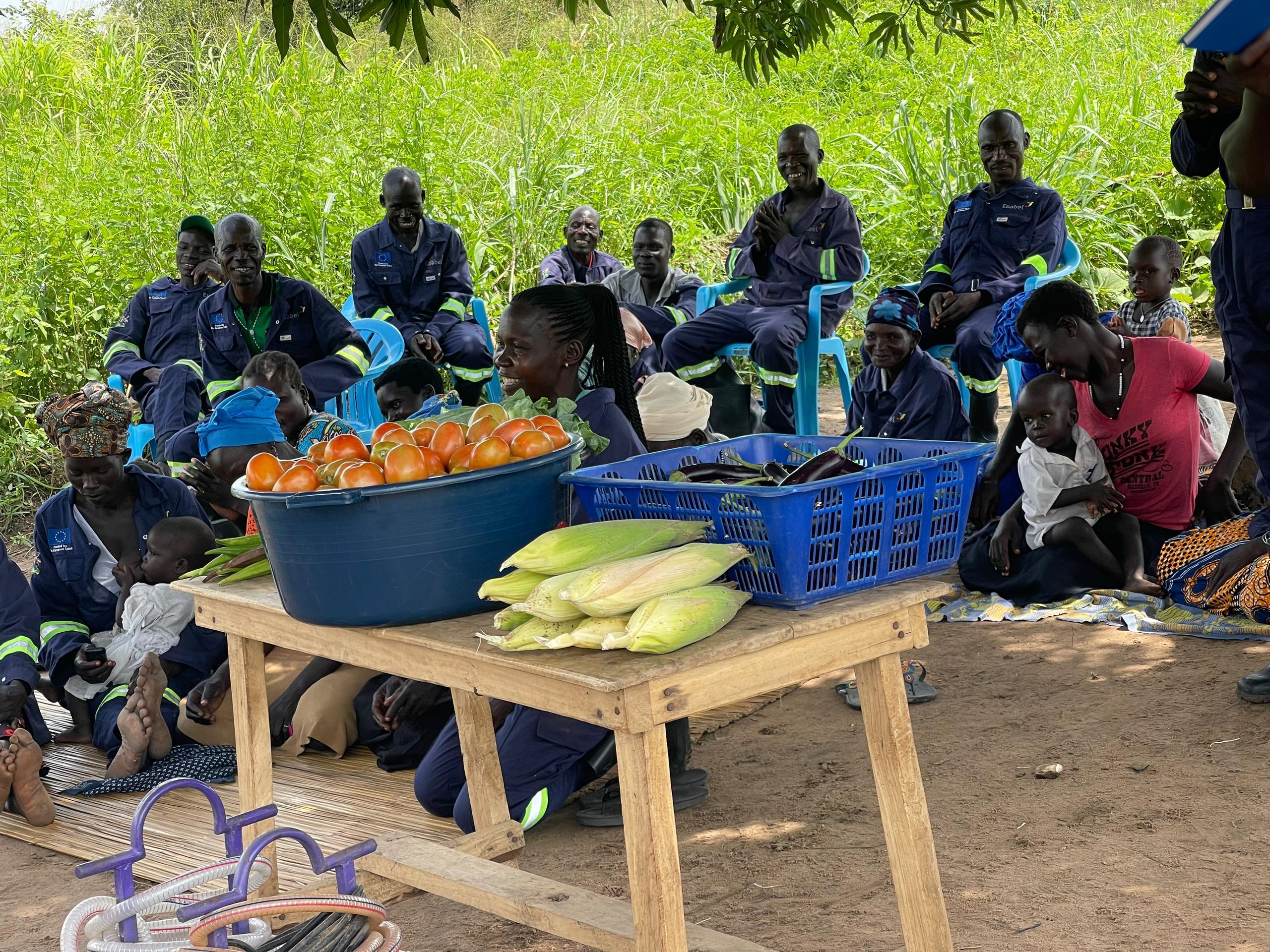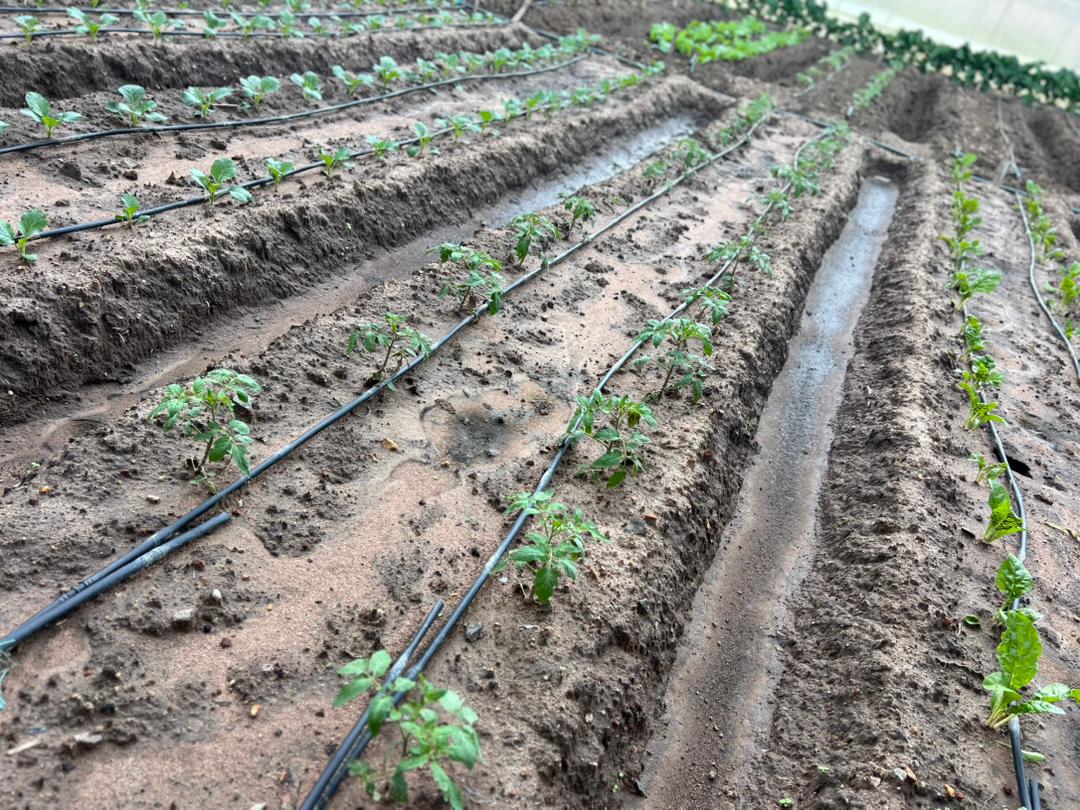Crop diversifications as a way for many farmers to manage and adapt to changing social ,economic and environmental conditions .On-farm diversification is often used as a strategy to reduce risks and uncertainty while achieving efficiency in farming (McElwee and Bosworth 2010;lizumi and Ramankutty 2015)
Farmers take production decisions based on the specific context that is within their community; Needs and Demands. For instance, Ma Ecora farmers group from Rhino Camp, Madi -Okollo district have embraced crop diversity, growing more than one type of crop.


Through diversity, Ma Ecora farmers group is not only ensuring food security for their families and communities but also creating a steady income stream that will keep them thriving where different crops yield bountifully to improve livelihoods, feed families and contribute to the wellbeing of the communities.
The old saying “Do not put your eggs in the same basket” is specifically true in agriculture. Diversification provides variety of foods for the households and the local communities, increases food security and income on small farm holdings, conservation of natural resources and mitigates ill effects of aberrant weather, withstands food price fluctuations hence balancing food demand.
According to the Report “Productive diversification in African Agriculture and it’s Effects on Resilience and Nutrition” by World Bank Group, Agriculture in Sub-Saharan Africa remains the backbone of it’s economy and sustains the livelihoods of the majority of its poorest households. The agriculture
sector in the countries of Sub-Saharan Africa (SSA) contributes on average 15
percent of Gross Domestic Product (GDP) and accounts for around 57 percent of
employment.

